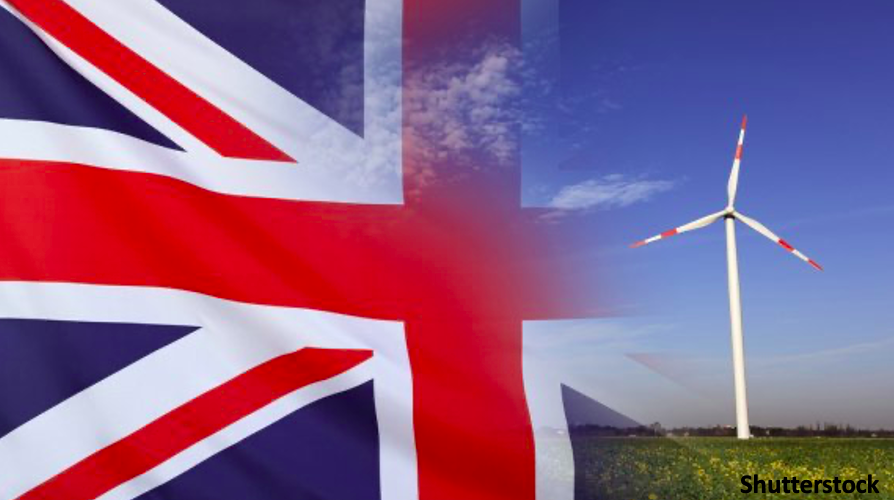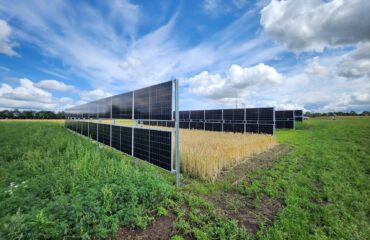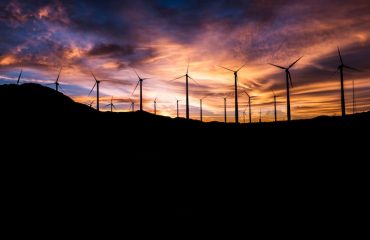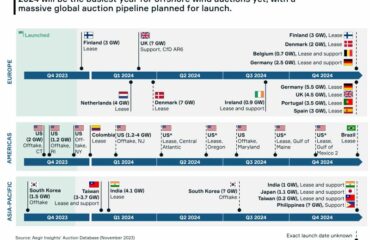
The UK power generation sector has a fascinating and complicated history and its future is set to be just the same with major opportunities for investors. Sanjoy San is a chemical engineer who has spent four years at the Oil & Gas Authority, a UK government regulator, and he will provide an overlook of the changing UK power sector.
Historical Evolution: From Coal to Nuclear
For many years, the UK’s vast coal reserves were its prime source of electricity. Today, the grid is essentially coal-free, and national carbon emissions are falling. Nuclear investments were shelved after Chernobyl but a generation later, a vast new plant funded by France and China, Hinkley Point C, is now finally under construction at a large scale (3.2 GW) and even larger expense (£22 billion). Meanwhile, Rolls-Royce is planning up to 16 of its new small modular reactors.
At a projected £1.8 billion (CAPEX) and GBP40-60/MWh (over 60 years), they believe such technology can access the private equity required to buy and run a reactor.
Gas Power and Renewables Expansion
The UK experienced a rapid expansion in gas power generation in the 1990s (‘the dash for gas’).
This remains the nation’s single largest power source. These days, imports (pipeline and LNG) supplement ever-declining domestic North Sea production. But the major developments since the millennium are in renewable energy. The UK has put its natural resources to great use and is the world’s number one in installed offshore wind capacity (10 GW). Despite that, Prime Minister Boris Johnson has pledged to go much, much further and quadruple this by 2030. (The UK was, after all, the first major economy to commit in law to ‘net zero’ emissions.) Visitors to the UK will need no reminding that the weather can be unpredictable, to say the least. Nevertheless, solar is a small but fast-growing sector and now covers 4% of national power consumption. Almost a million UK homes now have solar panels.
Navigating Complexity in the Energy Landscape
The whole energy picture is becoming an increasingly complicated one in the UK power sector. The fast-growing renewables supply can fluctuate significantly. And demand patterns are changing as we inevitably start plugging in our cars, instead of re-fuelling them. In addition to more generating capacity, there is also a need for smarter grids and energy storage. Meanwhile, heating will shift away from natural gas towards hybrid heating pumps.
ESO’s Insight and Planning
Luckily, the situation is closely watched by National Grid ESO, Great Britain’s electricity system operator. (It doesn’t sell power to customers but it does move high-voltage electricity around the grid and supplies local network operators who distribute it to homes and businesses). Every year, National Grid ESO publishes its assessments in its Future Energy Scenarios (FES) report. With the 2021 edition is due later this summer (and factoring in the COVID-19 effect), let’s take a look at the current version for now. Whilst the FES has previously considered 80% de-carbonization, 2020’s report is the first containing ambitious ‘net zero’ scenarios[1]. The aim here isn’t to recite the lengthy, in-depth analysis but instead to provide a flavor of the scale of challenges and the pace of change required to deliver net zero. Generating their scenarios led National Grid ESO to four key findings:
- Net Zero is Achievable: …but it won’t be easy. Zero-carbon generating capacity needs to escalate by 40 GW in 10 years but that won’t be all. Unabated gas (i.e. non-CCS) usage needs to halve and efficiency needs to improve so that houses need far less energy for heating.
- Hydrogen and CCS must scale and deploy within a decade: Achieving net zero by 2050, hydrogen has several key roles.
It must provide over half of the end-users’ needs, make a major contribution to transportation (from trucks to ships) and de-carbonize industrial hubs. - Markets must provide incentives: Every year up to 2050, the UK needs to add 3 GW of wind and 1.4 GW of solar capacity. And V2G (vehicle-to-grid) services need to provide 38 GW of storage.
- Data-driven whole-system thinking is needed: By 2050, most UK houses will be smart-charging their electric vehicle with many also providing V2G services. And hybrid heat pumps will be switching between electricity and hydrogen-based on market signals.
Investment Opportunities and Government Initiatives
But perhaps the most important message is this: the energy sector cannot go it alone. Delivering net-zero needs industry, transport, and individuals need to change with it. Investors need to act quickly, too. With that in mind, the UK Government has put numerous funds and initiatives in place to stimulate innovation and investment. Some are sector-specific whilst others work across sectors. Collectively, these are worth billions. As the FES says, “2050 may seem far in the future, but in energy investment terms, it is just around the corner.”
About the author.
Sanjoy Sen CEng FIChemE is a chemical engineer with over 20 years’ industry experience in the UK and abroad. He also holds an MSc in Petroleum Engineering and attained a distinction in his LLM in Oil & Gas Law. He spent four years at the Oil & Gas Authority, a UK government regulator, where his proposal won £1 million of funding to explore the clean energy transition.
Empowering Renewable Energy Developers with Green Dealflow
If you feel tired of the lengthy process of finding investors for your renewable energy projects, we’ve got a solution. Our specialized service matches you with professional investors and off-takers swiftly. With over a decade of experience and a close network in the renewable energy sector, we significantly reduce your transaction time by matching you with ideal investors who meet your criteria. Let’s unlock the full potential of your renewable energy projects.
[1] Based on two key parameters (Speed of Decarbonisation and Level of Societal Change), four scenarios were defined: Steady progression, Consumer transformation, System transformation and Leading the way.


